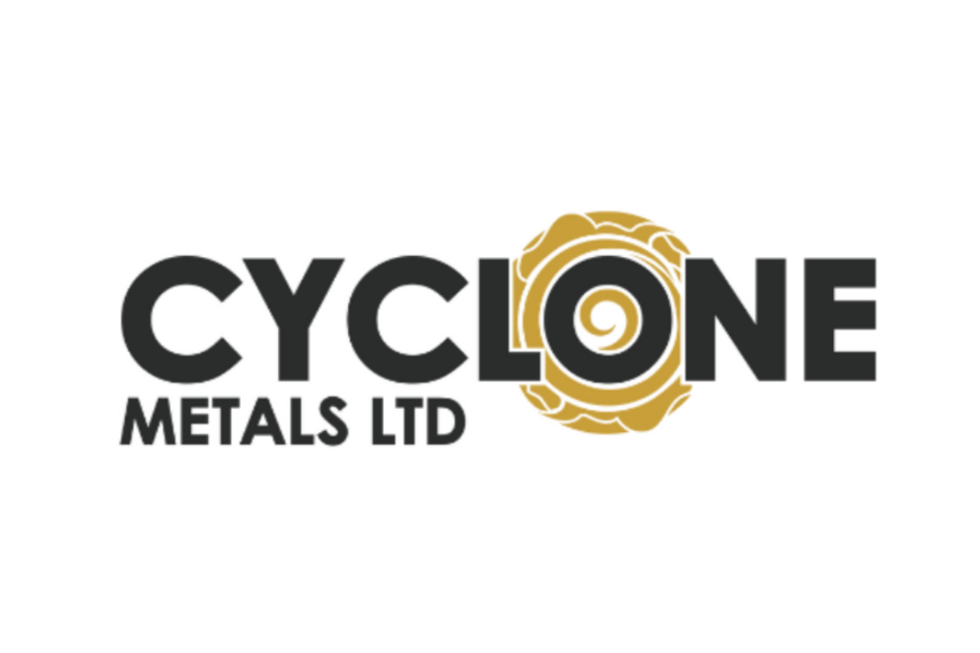- AustraliaNorth AmericaWorld
Investing News NetworkYour trusted source for investing success
- Lithium Outlook
- Oil and Gas Outlook
- Gold Outlook Report
- Uranium Outlook
- Rare Earths Outlook
- All Outlook Reports
- Top Generative AI Stocks
- Top EV Stocks
- Biggest AI Companies
- Biggest Blockchain Stocks
- Biggest Cryptocurrency-mining Stocks
- Biggest Cybersecurity Companies
- Biggest Robotics Companies
- Biggest Social Media Companies
- Biggest Technology ETFs
- Artificial Intellgience ETFs
- Robotics ETFs
- Canadian Cryptocurrency ETFs
- Artificial Intelligence Outlook
- EV Outlook
- Cleantech Outlook
- Crypto Outlook
- Tech Outlook
- All Market Outlook Reports
- Cannabis Weekly Round-Up
- Top Alzheimer's Treatment Stocks
- Top Biotech Stocks
- Top Plant-based Food Stocks
- Biggest Cannabis Stocks
- Biggest Pharma Stocks
- Longevity Stocks to Watch
- Psychedelics Stocks to Watch
- Top Cobalt Stocks
- Small Biotech ETFs to Watch
- Top Life Science ETFs
- Biggest Pharmaceutical ETFs
- Life Science Outlook
- Biotech Outlook
- Cannabis Outlook
- Pharma Outlook
- Psychedelics Outlook
- All Market Outlook Reports

The iron ore price hit its lowest point since May 2009 on Wednesday, falling to $44.59 a dry ton.
The iron ore price continued to fall this week, with declining Chinese imports and insufficient production cuts from the majors doing little to help its situation. The metal hit its lowest point since May 2009 on Wednesday, falling to $44.59 a dry ton, according to Bloomberg.
Much of that decline is being driven by continued oversupply in the space, exacerbated by lower imports from China. Steel rebar prices also sank to a multi-year low in the country, and a slowdown in China’s steel industry continues to weigh on input materials such as iron ore. Metallurgical coal is feeling the pain too; BMO Capital Markets recently revised its coking coal price forecast down to US$103 per ton from $107 per ton.
“China’s iron ore imports shrank in the first half, indicating that the country’s steel consumption obviously peaked last year,” Mysteel Research Chief Analyst Xu Xiangchun told Bloomberg. “Mills won’t be able to sustain losses at the current level and will gradually reduce production, and reduce their need for iron ore.”
Iron ore imports in China fell 0.9 percent during the first six months of the year compared to the first half of 2014, while overseas sales of steel products rose a whopping 28 percent over the same period.
Meanwhile, Vale (NYSE:VALE) has ostensibly cut its iron ore output, stating on Monday that it will reduce its annual production by 25 million tons. That makes up about 2 percent of global demand. However, as The Wall Street Journal notes, that cut won’t impact the company’s annual production guidance, which stands unchanged at 340 million tons — Vale is simply shifting from higher- to lower-cost operations.
“This emphasizes the ability of the biggest iron-ore miners, including Rio Tinto (ASX:RIO,NYSE:RIO,LSE:RIO) and BHP Billiton (ASX:BHP,NYSE:BHP,LSE:BLT), to prop up their own profitability while shoveling more into an oversupplied market,” the Journal states.
Still, Vale’s share price saw a bit of a bump following Monday’s announcement, while juniors continued to languish. Alderon Iron Ore (TSX:ADV) fell about 8 percent, to $0.22, on Wednesday, and has lost 43 percent so far this year; meanwhile, Champion Iron (TSX:CIA) fell 20 percent, to $0.185 (although that stock has actually gained 23 percent, or $0.04, year-to-date). Iberian Minerals (TSXV:IML) saw some gains earlier in the year, but is now down about 7 percent overall, closing at $0.065 per share on Wednesday.
Low iron ore price to continue
In terms of the outlook for the iron ore price, analysts don’t see things getting much better in the near term. In its Q3 Commodity Canvas, BMO lowered its iron ore price forecast on the back of the ongoing oversupply in the market. “Demand growth forecasts have been revised down in conjunction with a downward revision in steel production expectations,” the firm states.
BMO now sees the iron ore price averaging US$57 per ton, down from $60 per ton, for 2015. That drops to $55 per ton for next year, where the firm had previously forecast that the iron ore price would hold steady at $60 per ton. BMO does see the iron ore price rising in the long term, but that will be due to higher operating costs, rather than a meaningful expansion in margins for mining companies.
As Australian Mining reported, Macquarie Bank has suggested that supply cuts are needed to help alleviate the situation. “Demand growth is now extremely stagnant. As a result, demand is only growing into installed capacity very, very slowly. The only thing that will now close the balance is supply cuts,” the firm said in a note.
BMO is on the same page, but is more pessimistic about the potential for lower supply to help the iron ore price. “Supply cuts are very necessary in the iron ore market but do little to support prices given two-thirds of seaborne supply is considered “low cost” production,” it points out in its note.
Securities Disclosure: I, Teresa Matich, hold no direct investment interest in any company mentioned in this article.
Related reading:
Iron Ore Price Forecasts Continue to Drop
Outlook Reports
Featured Base Metals Investing Stocks
Browse Companies
MARKETS
COMMODITIES
| Commodities | |||
|---|---|---|---|
| Gold | 2381.58 | +13.92 | |
| Silver | 28.44 | +0.22 | |
| Copper | 4.45 | +0.08 | |
| Oil | 82.37 | -0.32 | |
| Heating Oil | 2.54 | -0.04 | |
| Natural Gas | 1.76 | +0.05 | |
Investing News Network websites or approved third-party tools use cookies. Please refer to the cookie policy for collected data, privacy and GDPR compliance. By continuing to browse the site, you agree to our use of cookies.
